A new take on ‘Vertigo,’ a rare print of ‘Zoot Suit’ and more to see in L.A. this week
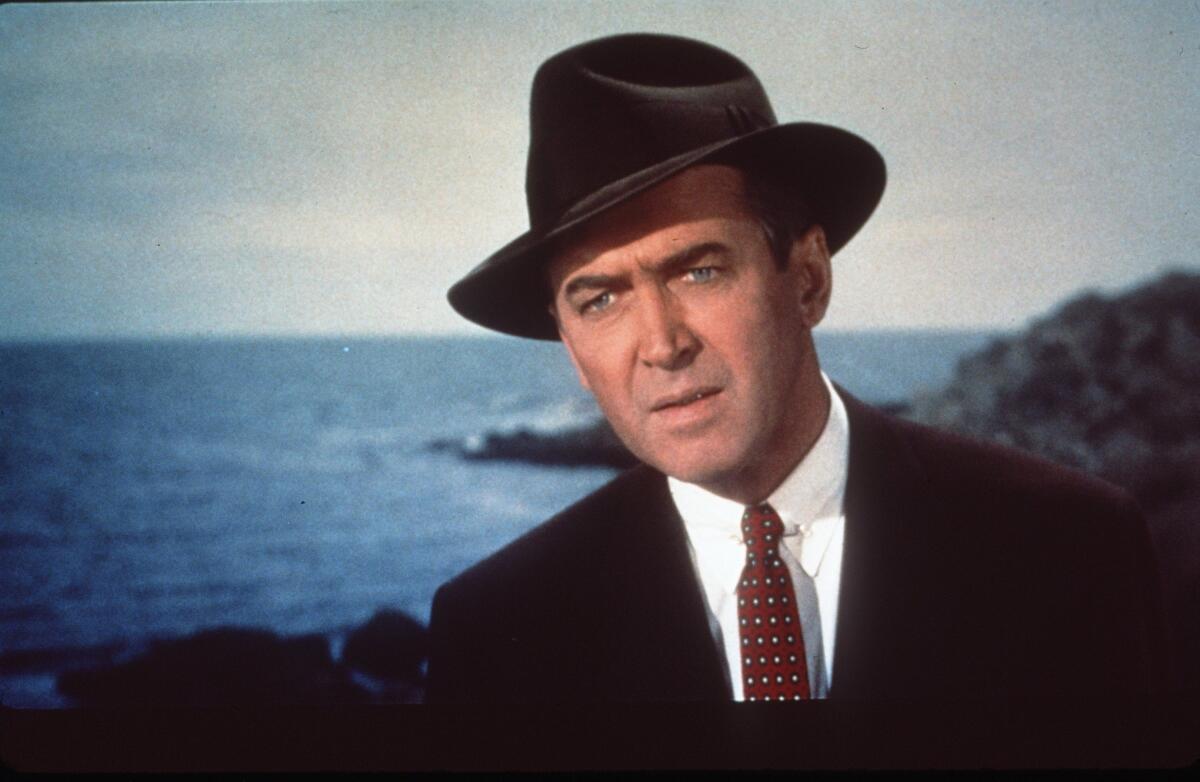
- Share via
Hello! I’m Mark Olsen. Welcome to another edition of your regular field guide to a world of Only Good Movies.
Earlier this year we launched “The Independents,” an ongoing project to follow seven filmmakers from Sundance over the course of a year. This week we published our second installment, featuring Sundance’s senior programmer John Nein with some insights on the submission process. I spoke to “Young. Wild. Free.” director Thembi Banks and “Polite Society” director Nida Manzoor. Hearing about their distinct experiences, as well as some things in common, made for a snapshot of what it’s like living through the first few months after the rush of excitement of the festival.
And here are the best things going on at the movies in L.A. over the next week.
An Indigenous view on ‘Vertigo’
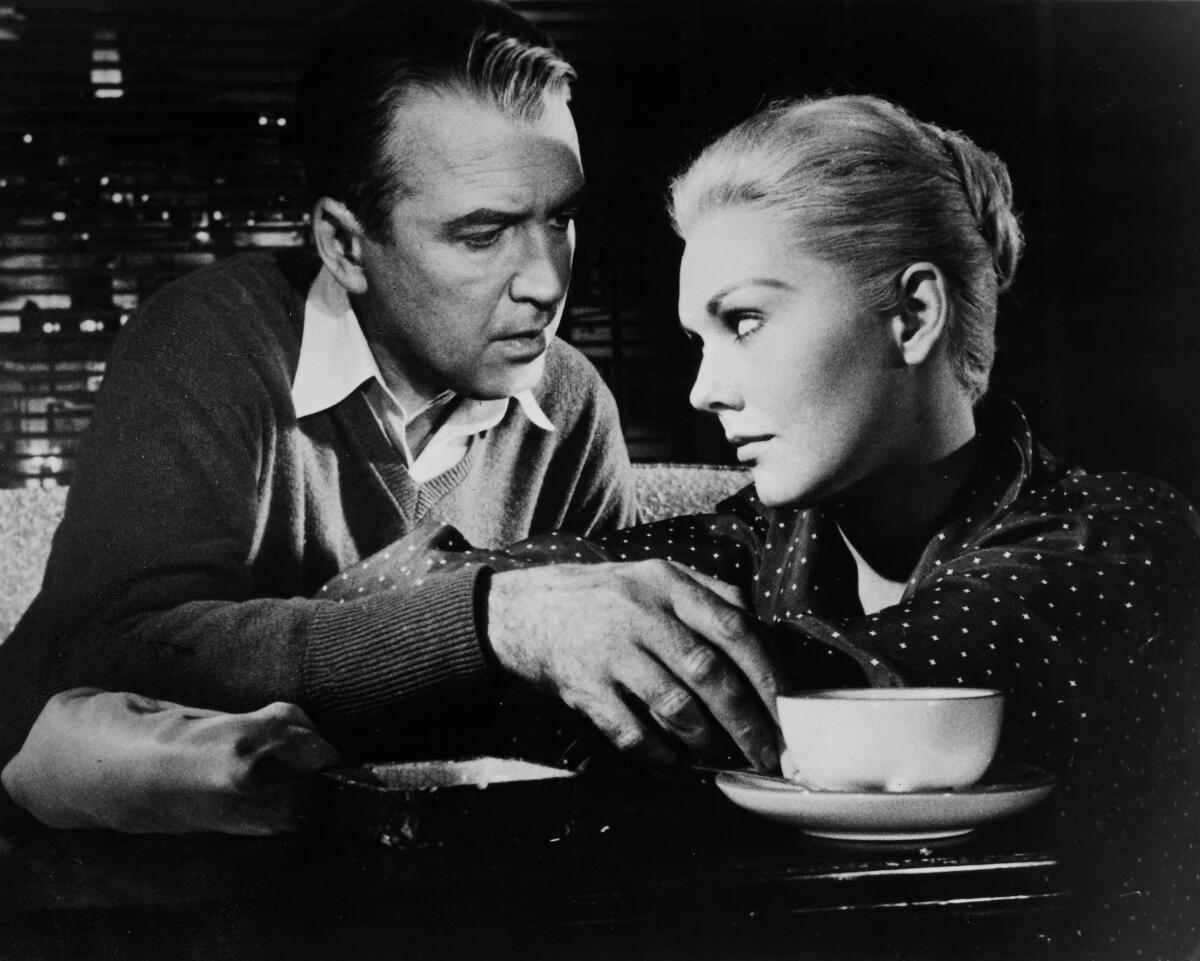
Programmed by the UCLA Film and Television Archives’ Amanda Salazar, the new series “San Francisco Plays Itself: Scenes From the Bay” kicks off this weekend. Examining representations of the city onscreen through the years, the series will include an episode of the television series “The Streets of San Francisco,” Philip Kaufman’s 1978 “Invasion of the Body Snatchers,” documentary footage of the local punk band Crime, Barry Jenkins’ “Medicine for Melancholy,” Marielle Heller’s “Diary of a Teenage Girl” and more.
The most exciting part of the series will be on Saturday night: A 35mm screening of Alfred Hitchcock’s 1958 “Vertigo” (which recently got pushed from No. 1 to No. 2 on the most recent Sight & Sound poll of the greatest films ever made) will be preceded by a multimedia program bringing a new perspective to this canonical classic.
Adam Piron, director of Sundance Institute’s Indigenous Program, will present for the first time “The Power and the Freedom” — the title comes from a line of dialogue in the film — a live reading and visual essay on the film’s relationship to California history, colonialism and Indigenous culture.
Piron said in an interview this week that he has probably watched “Vertigo” now more than 20 times and acknowledged the irony and surprise of becoming slightly obsessed with a film about obsession. In the film, James Stewart plays an ex-detective and Kim Novak a woman who haunts him, with scenes set at multiple California mission buildings.
“Knowing that [Hitchcock] did sort of brush across some of that history,” said Piron, “there’s no way that he would have gone to those missions and seen the graveyards or not known why they were built. Like, what was the mission of the mission system?
“It’s an interesting thing,” added Piron, “because I think everybody from the get-go would say, ‘Well, there are no Native Americans in “Vertigo.” ’ And you’re like, yeah, that’s kind of the point.”
Enjoying this newsletter? Consider subscribing to the Los Angeles Times
Your support helps us deliver the news that matters most. Become a subscriber.
‘Zoot Suit’
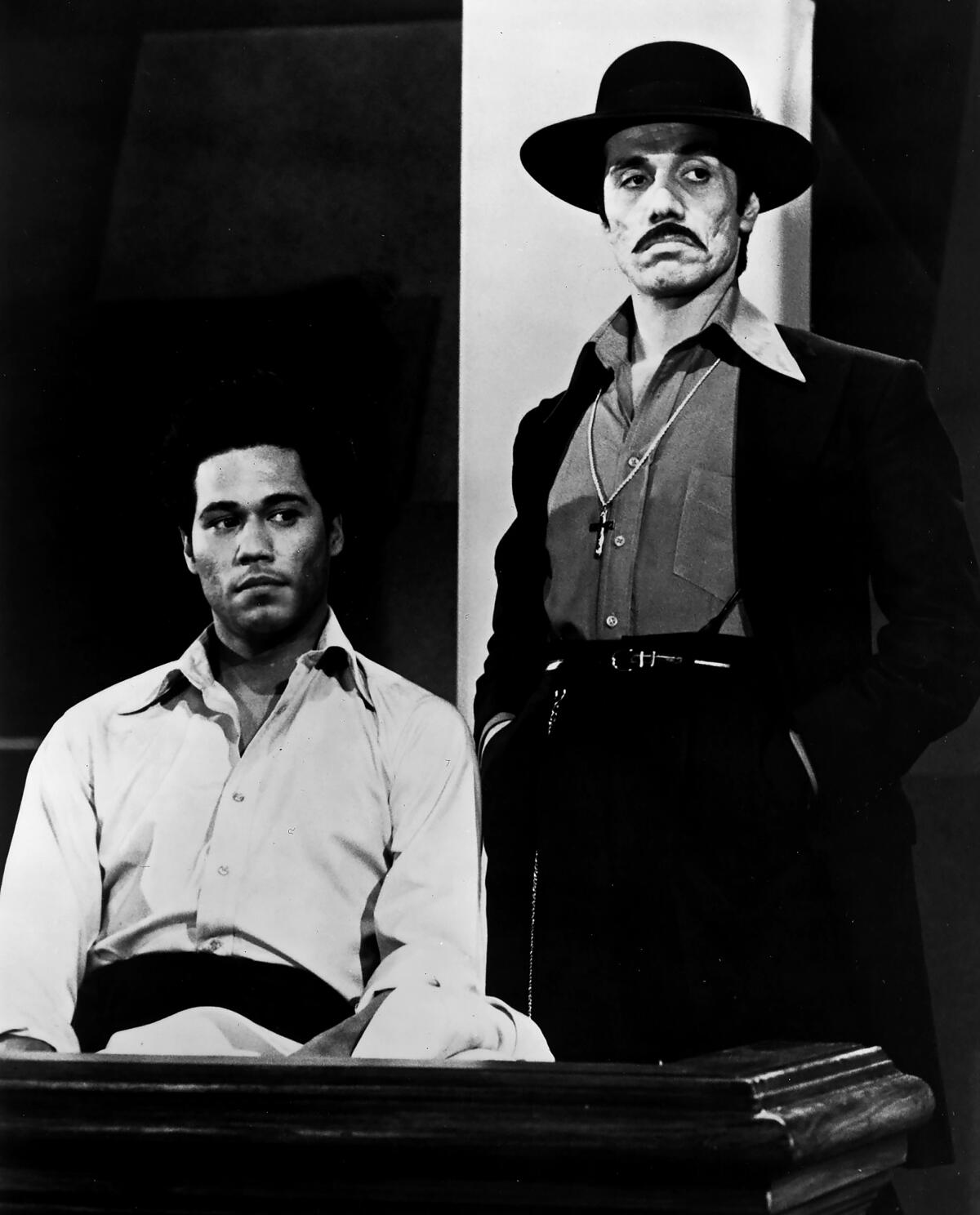
The American Cinematheque’s recent series of films projected in 70mm has featured classics such as “2001: A Space Odyssey” and “The Wild Bunch,” Martin Scorsese’s personal print of Francis Ford Coppola’s “Apocalypse Now” and recent films such as “Nope,” and “Once Upon a Time in Hollywood.” The series concludes on Monday with a screening of Luis Valdez’s 1981 “Zoot Suit” in an archival 70mm print that is said to not have been shown publicly for more than 40 years.
The film was an adaptation of Valdez’s own stage production, which debuted at L.A’s Mark Taper Forum before an extended run at the Aquarius Theater, where the movie version would be shot. Daniel Valdez and Edward James Olmos both reprised their roles from the original stage production, which revolves around the events of the notorious “Zoot Suit Riots” of 1943.
Reed Johnson recently spoke to Valdez, now 83, about the legacy of the play. As Valdez put it, “‘Zoot Suit’ was like an early missile that came from West to East and said, ‘We’re here. Deal with us.’ And they said, ‘We don’t want to deal with you. Not yet.’ And I said, ‘OK. We’ll be back.’ And there’ll be other works that are coming.”
In his original September 1981 Times review of the film, Kevin Thomas wrote, “The only thing that prevented ‘Zoot Suit’ from becoming a ‘real’ film was the money necessary to do it. Therefore Valdez’s accomplishment in getting ‘Zoot Suit’ on the screen at all, let alone as well as he did, must surely be seen in that light.”
‘Trash Humpers’
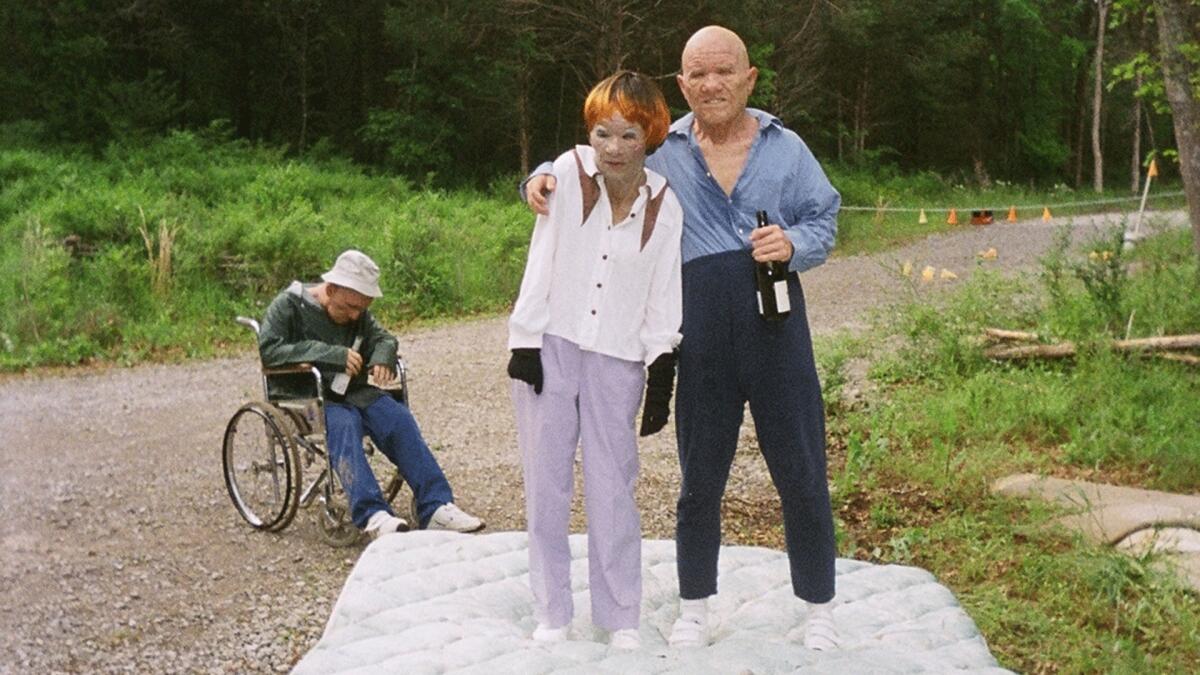
Harmony Korine’s 2009 horror-comedy “Trash Humpers,” a vision of a society in collapse, will be getting a rare revival in 35mm at the New Beverly on Friday, Saturday and Sunday in a double bill with John Wintergate’s 1982 thriller “Boardinghouse.” Korine has a new film, “Aggro Dr1ft” featuring rapper Travis Scott, set to premiere at the upcoming Venice Film Festival, so it’s a fine time to revisit “Trash Humpers,” a hilarious, frightening distillation of his interests — including tap dancing.
The film is a terrifying vision of America, as Korine, his wife, Rachel, and others wear grotesque old people masks as they maraud around Nashville, getting into mischief that becomes increasingly sinister. Made with outdated VHS-era equipment, the images are degraded and glitchy, smeary and unnerving.
At the time, “Trash Humpers,” which is meant to seem like a tape discovered in a garbage bag buried in the woods, felt like it plugged into the reactionary responses to the Obama years, long-hidden undercurrents of hatred and prejudice suddenly taking on a charged new life in American culture. Of course, now the film seems oddly prescient of the dumbed-down coarseness that has overtaken our public discourse in subsequent years. “Trash Humpers” turned out to be more about the future than a reflection of the past.
I spoke to Korine back when “Trash Humpers” originally came out. While always an engaging interview subject, Korine should never be asked for explanations. As he said at the time, “People think of the film as almost like this provocation, an assault on reason and understanding. And maybe it is a little bit of all those things, I’m not sure. When I make a movie like this, I’m trying to make something that goes deeper than just a kind of logic or plain meaning.”
‘Talk to Me’
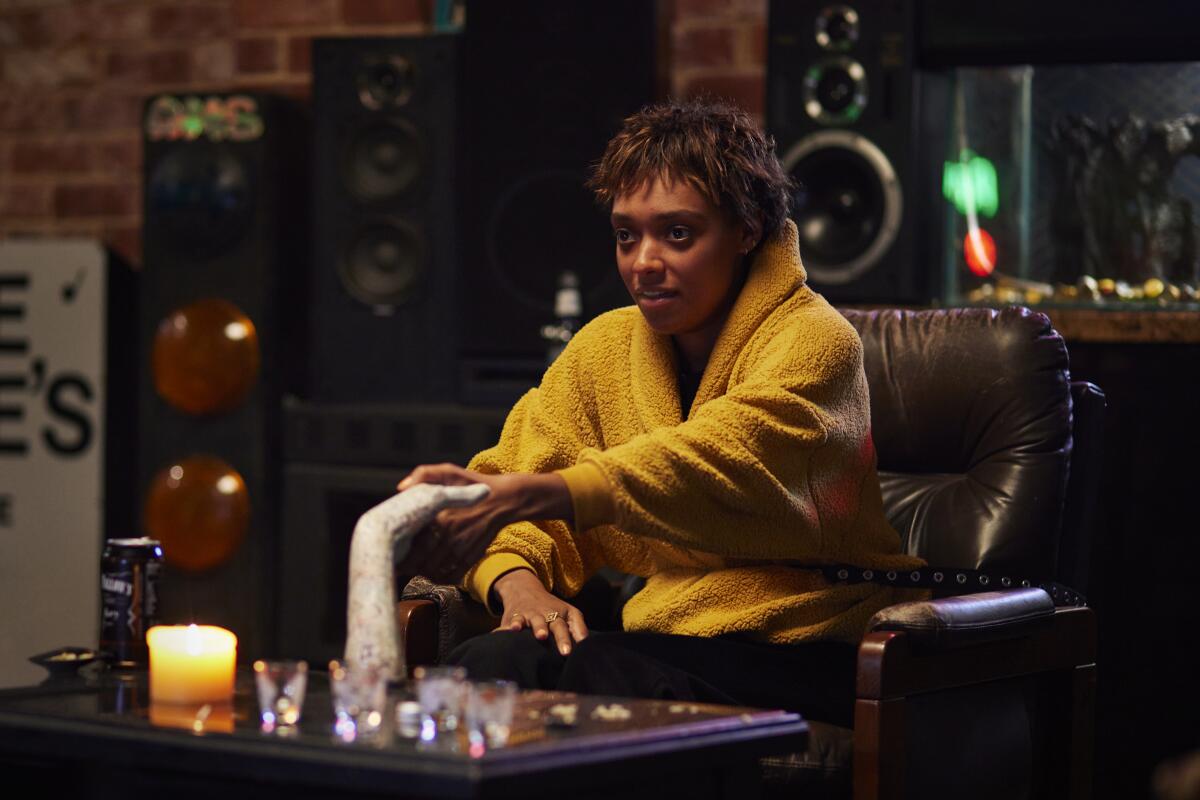
Directed by the Australian sibling filmmaking duo of Danny and Michael Philippou, “Talk to Me” may be the scariest film of the summer. A teenagers’ party game turns from weird and fun to upsetting and horrifying, as they grasp a disembodied hand supposedly from a dead medium that allows them to evoke the spirits of the dead. As Mia (Sophie Wilde) takes things too far, eventually the spirit world won’t let go. The film is in theaters now.
In his review, Justin Chang wrote, “Even when ‘Talk to Me’ flirts with incoherence, Wilde pulls it back from the brink. More than just a great scream queen, she makes vivid sense of Mia’s ravaged emotions, revealing her to be a captive less to the spirit realm than to her own inconsolable grief. She’s the movie’s revelation, hands down.”
Jen Yamato spoke to the brothers for a spoiler-rich piece — with exclusive clips — that will be publishing this weekend. Explaining their love of horror filmmaking, Michael said, “We’ve got scripts from all different genres, but horror is the first one we became obsessed with as little kids. Our mum was really specific about what we could watch and what we couldn’t, so we’d go to the video store and look at the horror section and wonder: What’s this movie?
“Mum was so strict on the rating systems. Saying that to a kid makes you want to experience it, like, I need to watch an R-rated film. It’s a rite of passage, to be traumatized by those films”
Only good movies
Get the Indie Focus newsletter, Mark Olsen's weekly guide to the world of cinema.
You may occasionally receive promotional content from the Los Angeles Times.




